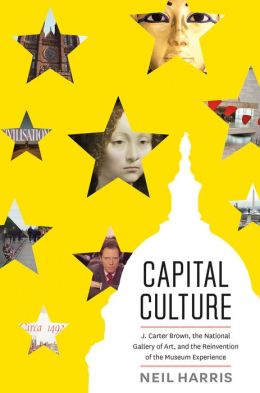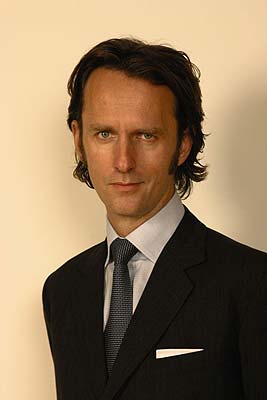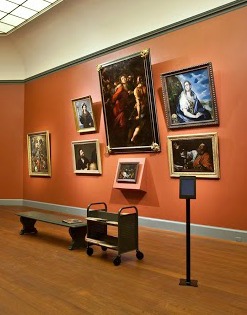 It’s been about a dozen years since J. Carter Brown died, and now he apparently has the biography he should have. I say apparently because I have read only a review, not the book. But the book — Capital Culture: J. Carter Brown, the National Gallery of Art, and the Reinvention of the Museum Experience – was written by Neil Harris, the University of Chicago Professor Emeritus of History and of Art History, who knows an awful lot about museums.
It’s been about a dozen years since J. Carter Brown died, and now he apparently has the biography he should have. I say apparently because I have read only a review, not the book. But the book — Capital Culture: J. Carter Brown, the National Gallery of Art, and the Reinvention of the Museum Experience – was written by Neil Harris, the University of Chicago Professor Emeritus of History and of Art History, who knows an awful lot about museums.
And the review, which was published in Saturday’s Wall Street Journal, was written by E.A. Carmean Jr., who from 1974 to 1984 was the curator of 20th-century art at the National Gallery of Art and later the director of the Modern Art Museum of Fort Worth. Drawing on the book, Carmean credits Brown, who directed the NGA from 1969 to 1992, with changing the cultural life not only of the museum but also of the nation’s capital.
When he took the reins, the National Gallery was a relatively reserved institution in a culturally sleepy town. The curatorial staff was small, and the officers somewhat elite; the hallway open to their prominent visitors was nicknamed “Peacock Alley,” in reference to a social promenade in New York’s original Waldorf-Astoria Hotel. Brown soon expanded the curatorial staff, adding so many promising young art historians that the area of their offices, down the hall from Peacock Alley, was known as “Boys’ Town.”
Brown proceeded to organize both blockbusters and small scholarly shows, he courted donors and lenders, made calls at all hours to secure art loans, and promoted the NGA so heavily that “Even the Department of Labor’s Monthly Labor Review put one exhibit on its cover.” Carmean writes:
Even at over 600 pages, “Capital Culture” can only touch on the breadth of Brown’s achievements. The sheer number of truly important works of art added during his years is only hinted at, beyond his role in the National Gallery’s acquisition of “Ginevra de’ Benci,” a beguiling High Renaissance portrait of a young lady that is the only Leonardo da Vinci painting in an American institution. So, too, his active support of art historical scholarship is only sketched in.
Carmean complains a bit — that “Capital Culture reports—perhaps too much so—the criticisms made by the press, academics and others of Brown’s exhibitions as “unserious” or “just show business.” But these criticisms were offset by both the shows’ popularity and the way they provided these same critics, and the public, with the rare opportunity to see treasures—some normally hidden away in private collections.” But Carmean is probably a Brown partisan, so take that with a grain of salt.
Where I may agree with the reviewer is at the end, assuming he has reported correctly — where he writes”
Capital Culture has a curious ending. Mr. Harris describes Brown as an “impresario” and his accomplishments as “perhaps appropriate to the needs of his day,” and suggests that Brown’s “impact and even memory” will eventually disappear.
I would hope not. Brown, whom I interviewed only a few times, made a difference, and definitely not just in the museum world. That is why he is worth a biography to begin with.




